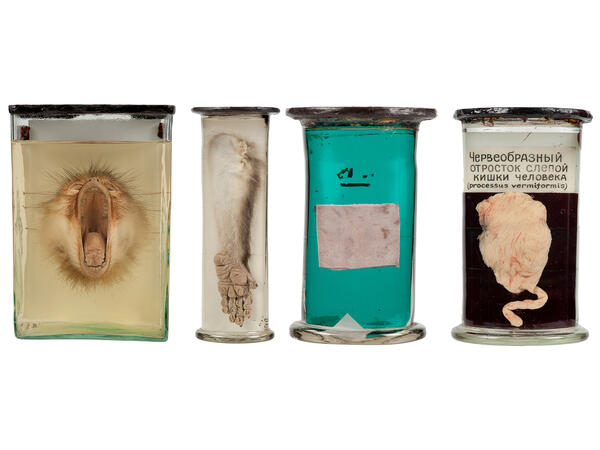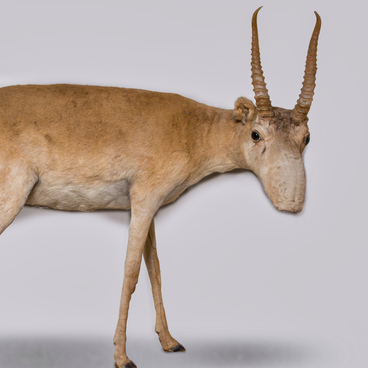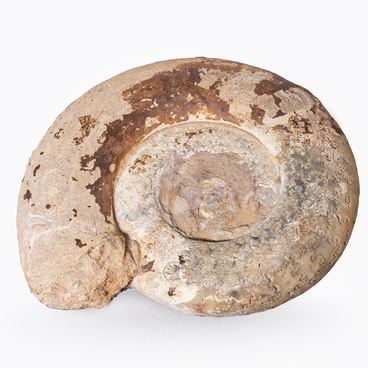Rudimentary organs are organs that have lost their significance in the course of evolution.
Rudiments are laid during intrauterine development and remain for life — in contrast to temporary organs, which embryos only have. Temporary organs include the placenta, umbilical cord, amnion, which provides an aquatic environment for the development of the embryo and others.
The most well known rudimentary organ is the appendix, or the appendix of the cecum. It helped ancient people digest rough plant foods. However, in a modern human the appendix is not directly involved in digestion, but it causes many problems, if it becomes inflamed. In such a case it has to be removed surgically. However, the appendix still performs a number of important functions, for example, it participates in the work of the immune system, secretes digestive enzymes and hormones that regulate the work of the intestines.
Scientists consider body hair to be another rudiment. Human ancestors, like the vast majority of mammals, were covered with thick hair that protected them from the cold. However, in the course of evolution, a human being has lost it. Three types of hairs have survived: long, bristly, and vellus. The former are located on the head, in the axillary and groin areas, the latter form eyelashes, eyebrows and grow in the nasal cavity and ears, the third, often colorless, cover the body with a density of 9–22 hairs per square centimeter.
Another rudiment is associated with the scalp. When a human being is afraid or cold, the skin becomes covered with goose bumps. This is how the muscles of the hair follicles work — by lifting the hairs. For animals, this effect is of great importance: fluffed wool better retains body heat and allows the animal to appear larger and more impressive, which is useful when attacking predators.
The list of human rudiments also includes the ear muscles, thanks to which animals can move their ears in the direction of sound; coccyx — the former tail vertebrae; wisdom teeth and canines; lunate fold, or third eyelid, which in the animal kingdom is represented by the nictitating membrane.
Rudiments are laid during intrauterine development and remain for life — in contrast to temporary organs, which embryos only have. Temporary organs include the placenta, umbilical cord, amnion, which provides an aquatic environment for the development of the embryo and others.
One should also distinguish rudiments from atavisms, which are the manifestation of signs characteristic of distant ancestors in a human, for example, an elongated tailbone or another pair of mammary glands in a newborn. Atavisms are very rare while everyone has rudiments. Some animals also retain rudimentary organs, for instance a mole having eyes.
The most well known rudimentary organ is the appendix, or the appendix of the cecum. It helped ancient people digest rough plant foods. However, in a modern human the appendix is not directly involved in digestion, but it causes many problems, if it becomes inflamed. In such a case it has to be removed surgically. However, the appendix still performs a number of important functions, for example, it participates in the work of the immune system, secretes digestive enzymes and hormones that regulate the work of the intestines.
Scientists consider body hair to be another rudiment. Human ancestors, like the vast majority of mammals, were covered with thick hair that protected them from the cold. However, in the course of evolution, a human being has lost it. Three types of hairs have survived: long, bristly, and vellus. The former are located on the head, in the axillary and groin areas, the latter form eyelashes, eyebrows and grow in the nasal cavity and ears, the third, often colorless, cover the body with a density of 9–22 hairs per square centimeter.
Another rudiment is associated with the scalp. When a human being is afraid or cold, the skin becomes covered with goose bumps. This is how the muscles of the hair follicles work — by lifting the hairs. For animals, this effect is of great importance: fluffed wool better retains body heat and allows the animal to appear larger and more impressive, which is useful when attacking predators.
The list of human rudiments also includes the ear muscles, thanks to which animals can move their ears in the direction of sound; coccyx — the former tail vertebrae; wisdom teeth and canines; lunate fold, or third eyelid, which in the animal kingdom is represented by the nictitating membrane.



